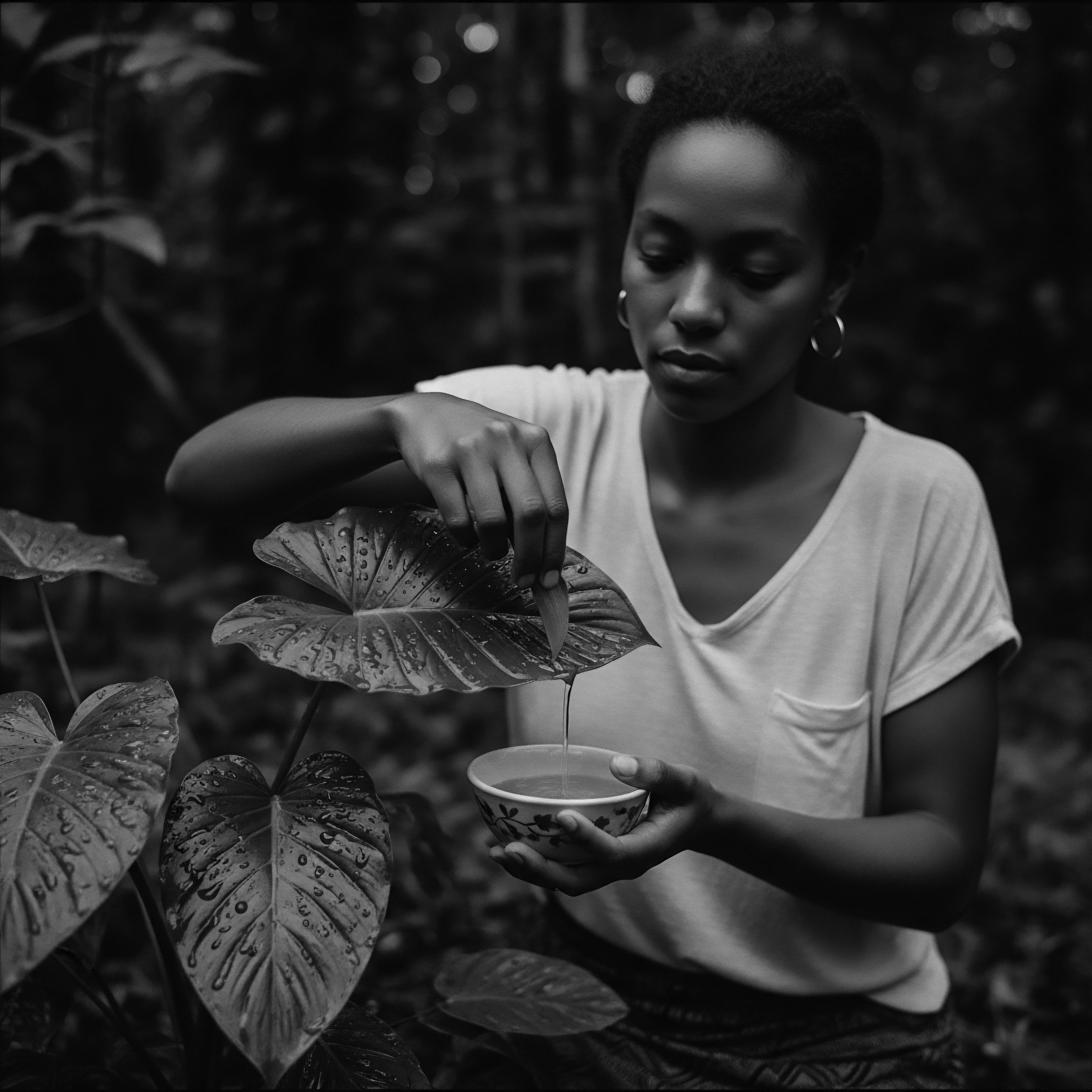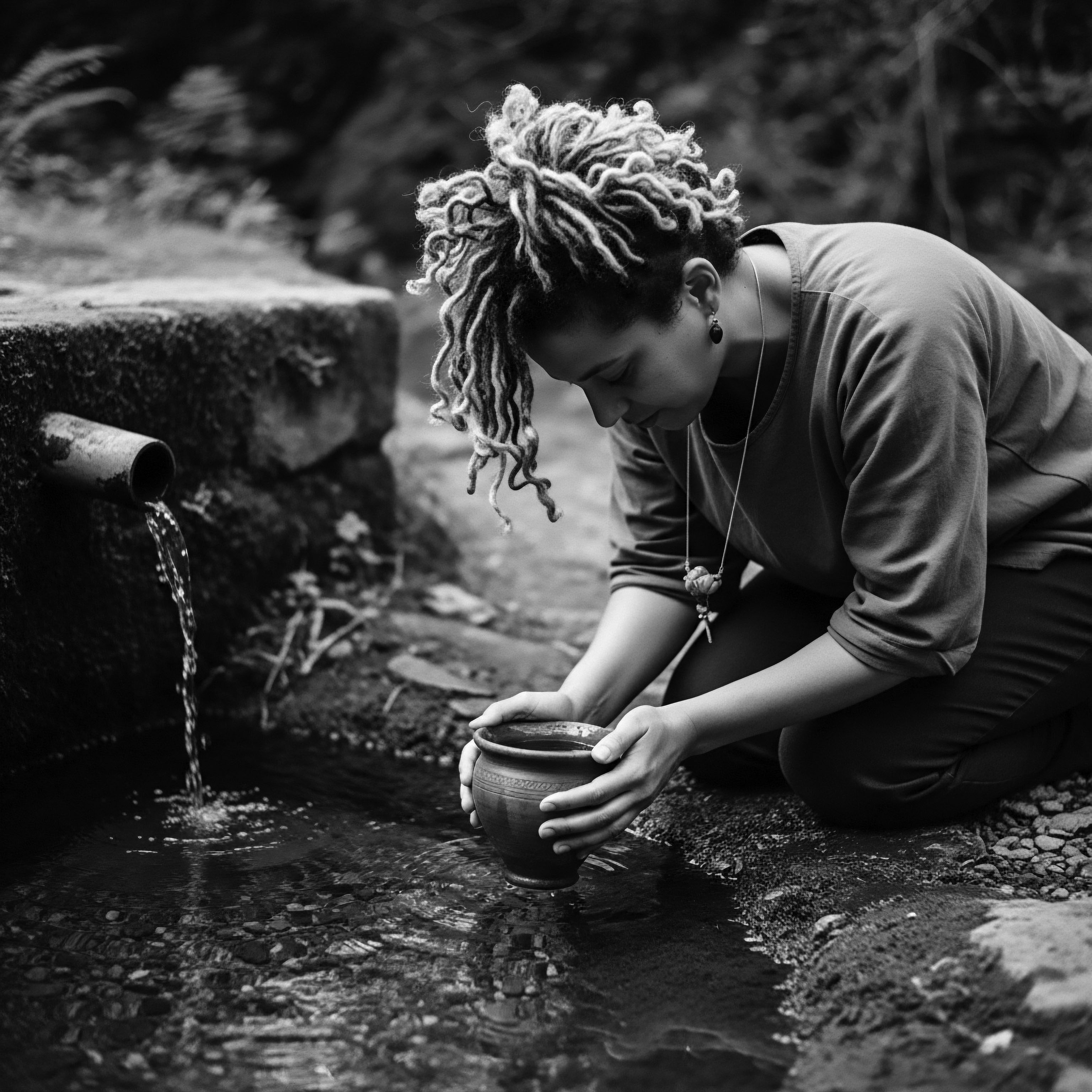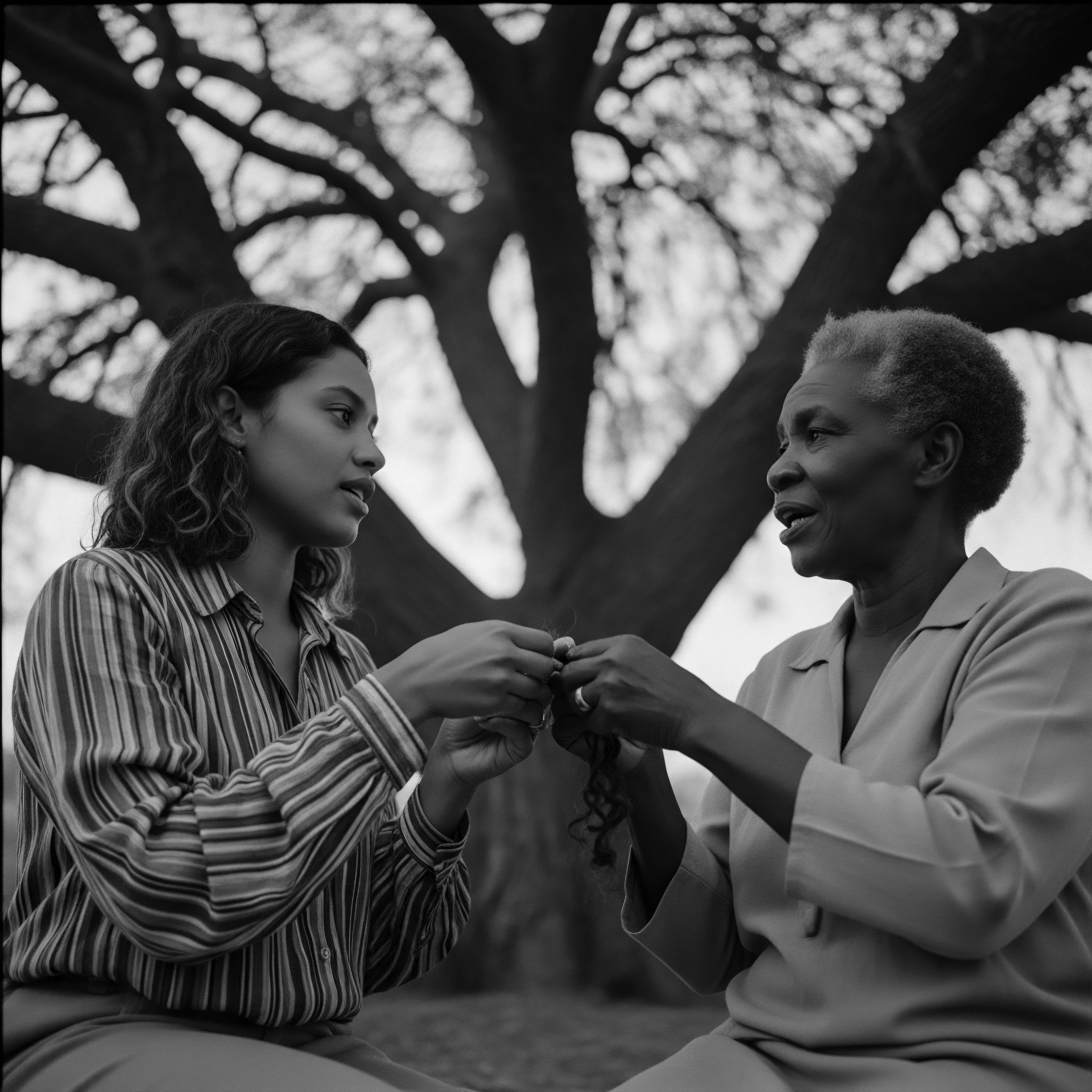
Indigenous Beauty Supply
Meaning ❉ Indigenous Beauty Supply encapsulates the ancestral knowledge, practices, ingredients, and communal wisdom used for holistic textured hair care.

Natural Earth Cleansing
Meaning ❉ Natural Earth Cleansing employs geological and botanical elements for hair purification, deeply rooted in ancestral practices for textured hair heritage.

